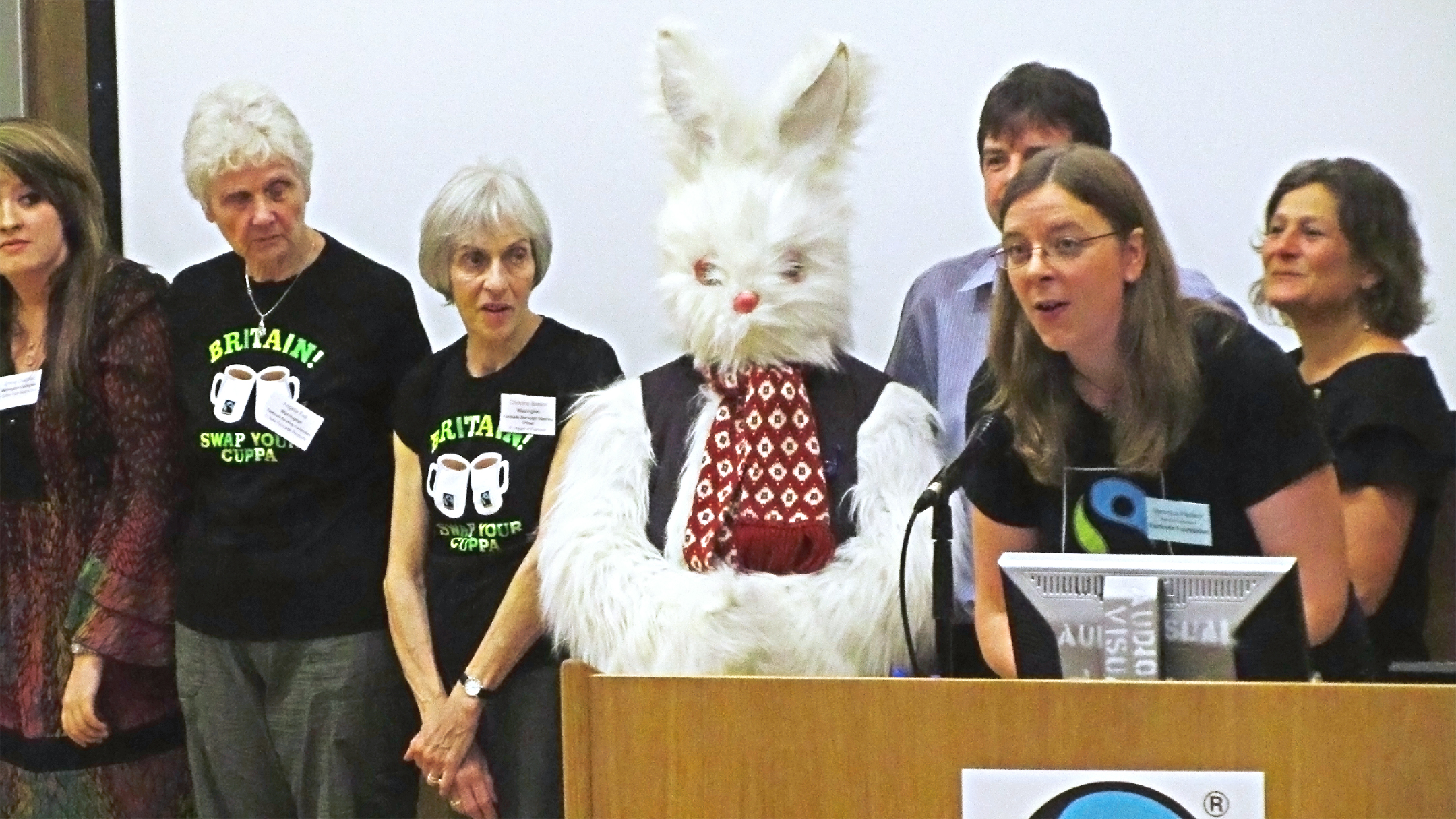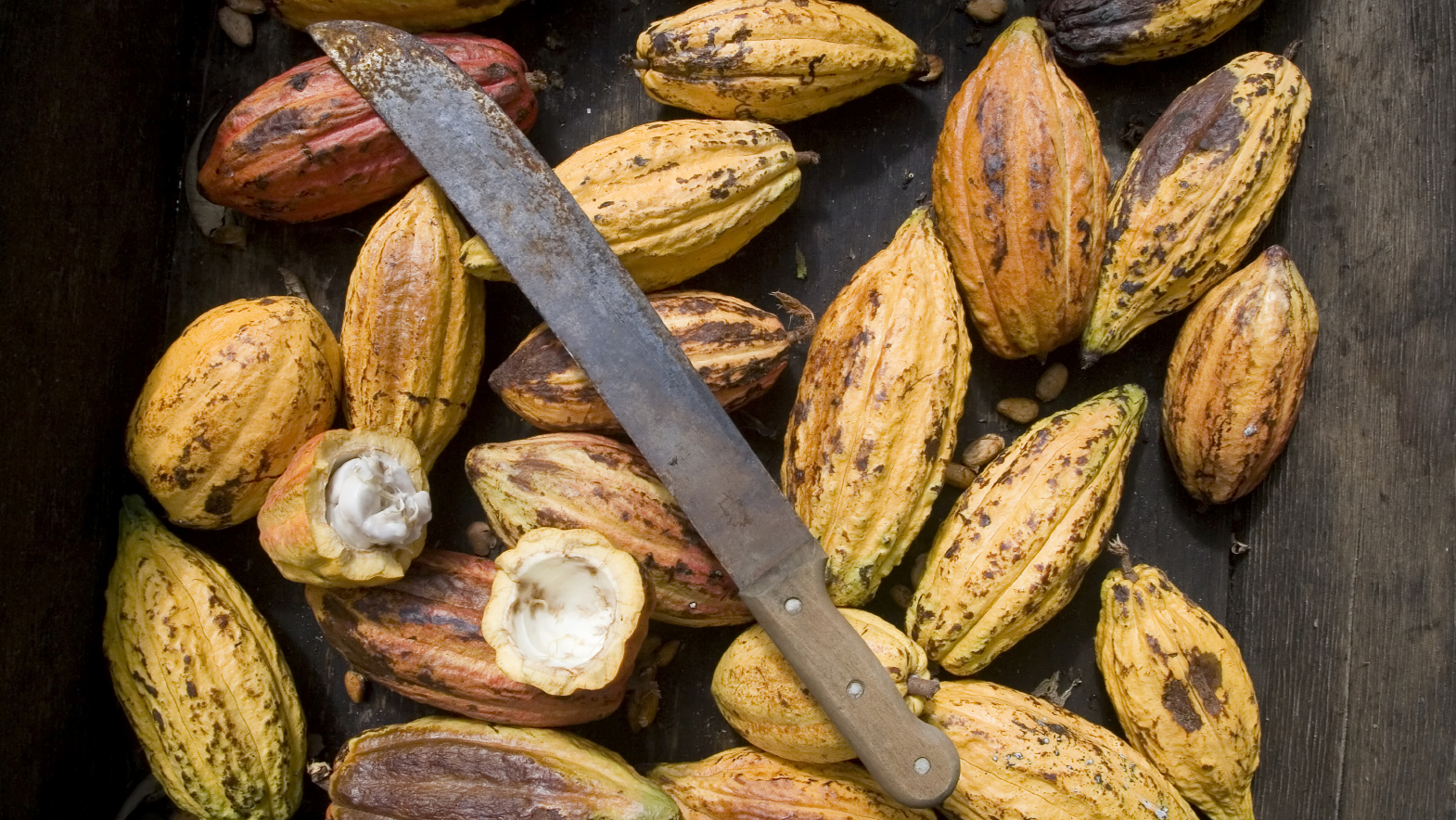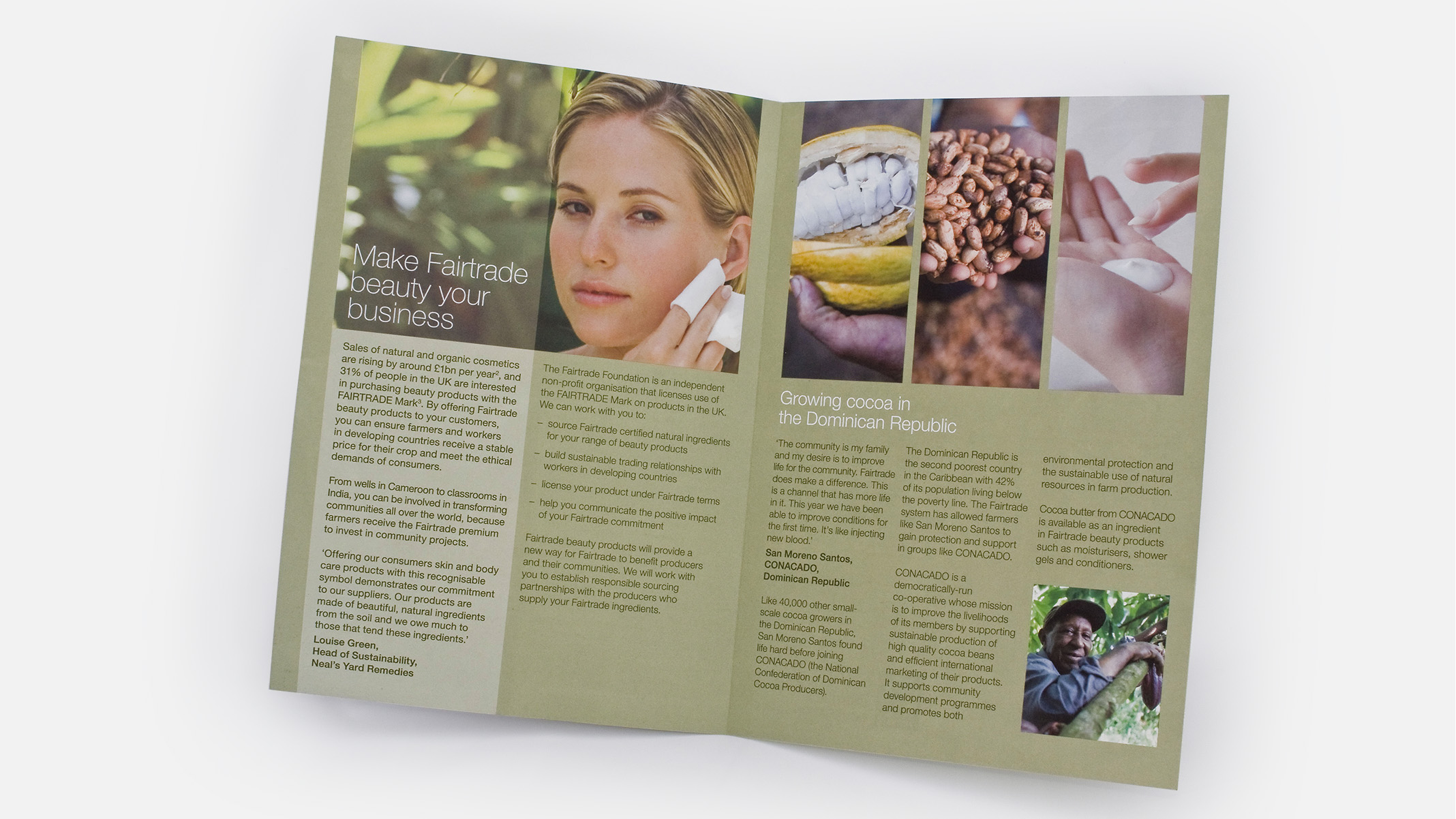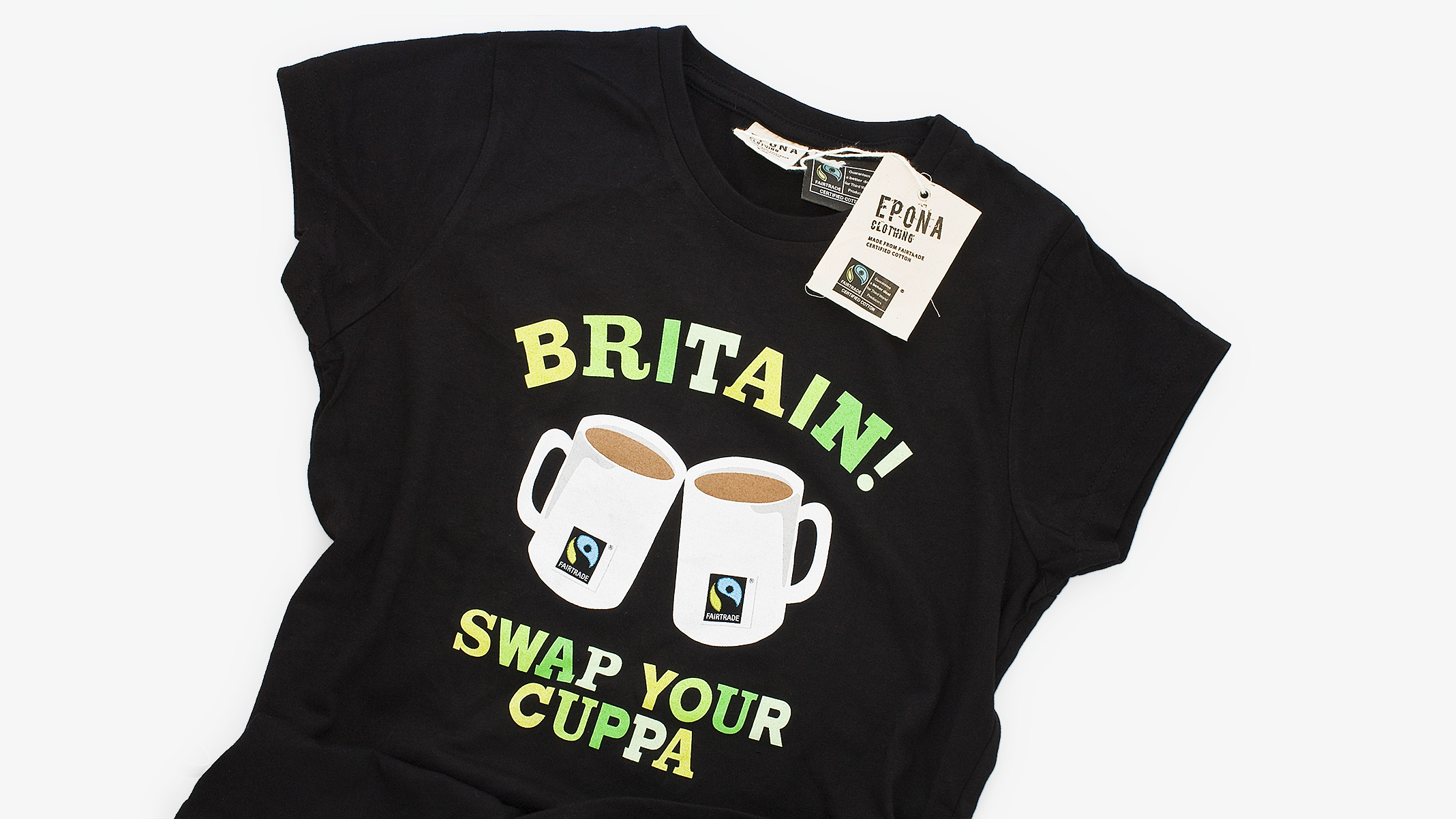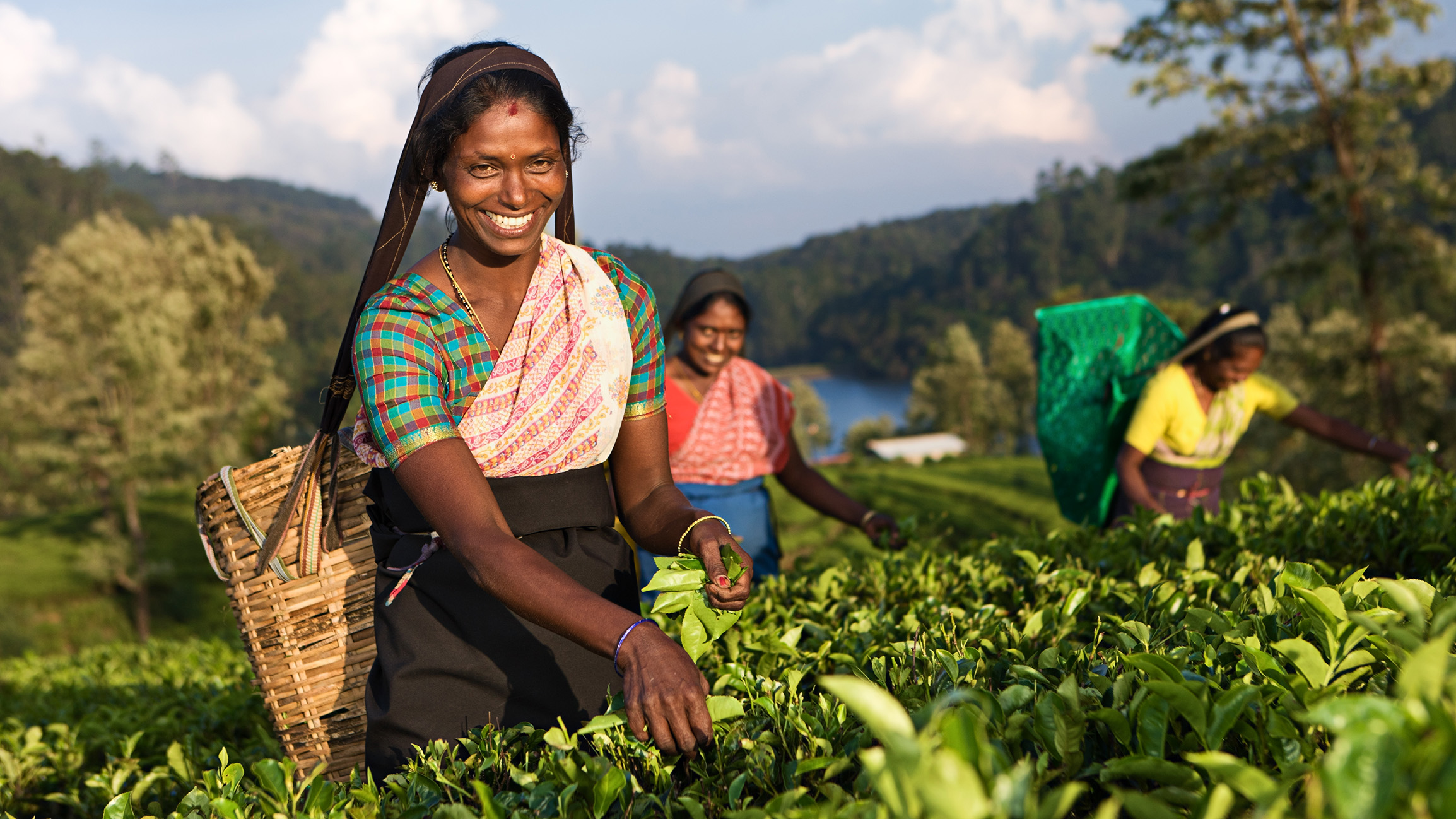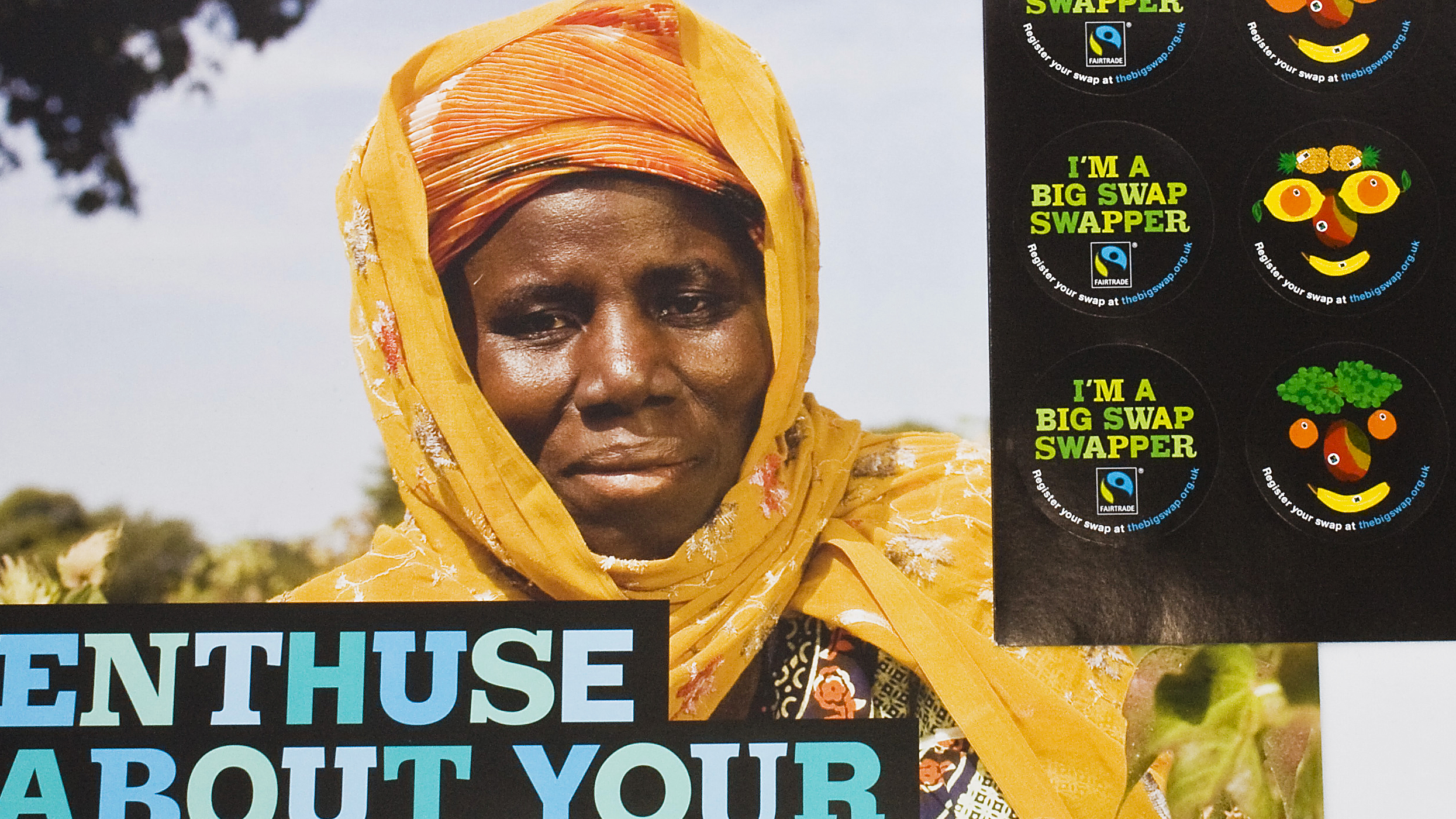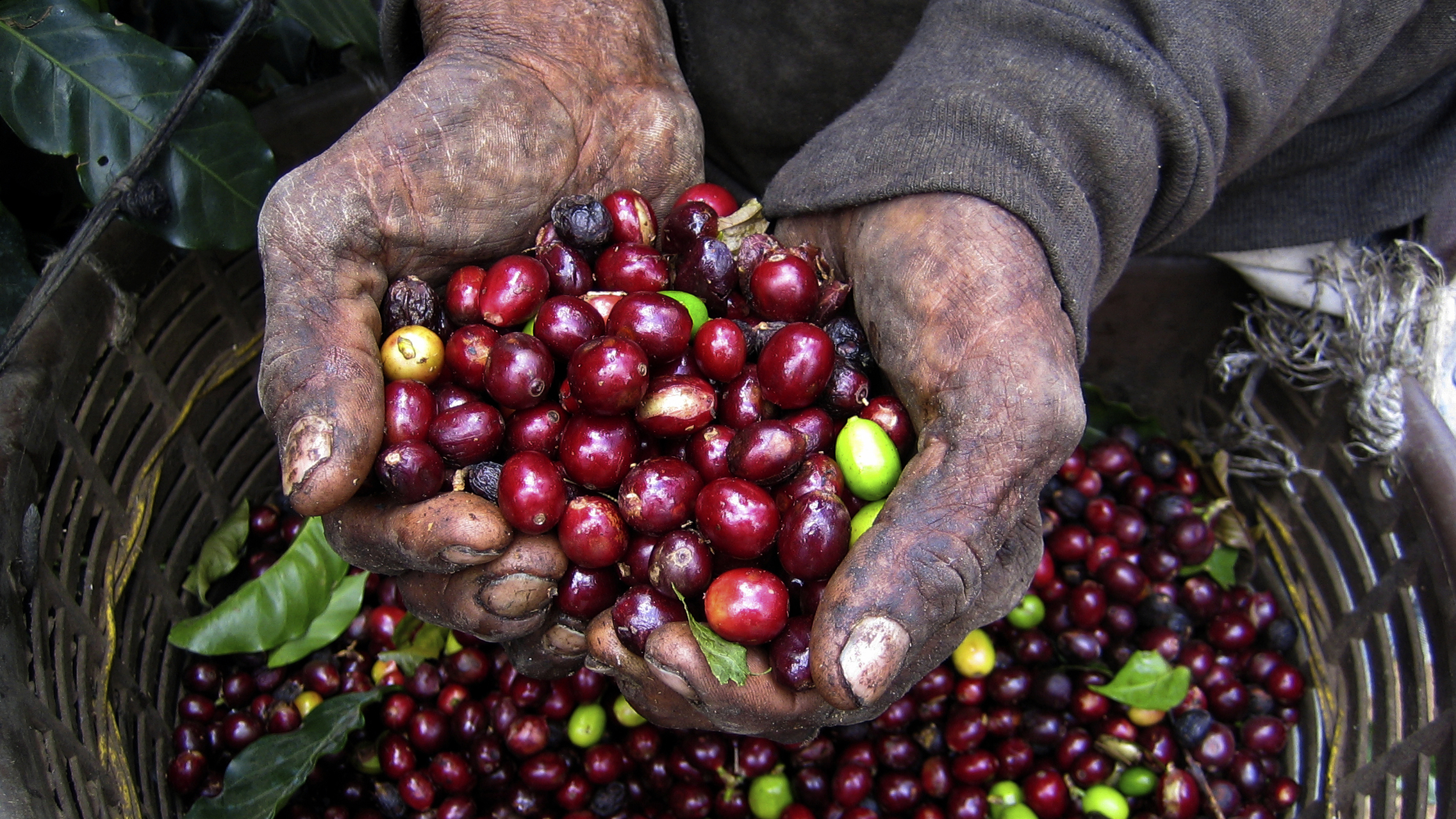
In the public space of the developed countries, posters of children with darker skin colour needing or thanking our help are still everywhere. The poor looks like this when I was a child. They still look like this now that I have grown up. They probably will look the same for the next decades to come. During all this time the dialogue about helping poor people continues, have even permeated the business-consumption level. Perhaps, the capitalism we are living in has become so advance that it probably can take in all forms of subversion and transform them into business.
Fairtrade concentrates on cash crop. Materials that Europeans want and their colonies have been shaped to produce for centuries. Cash crop is not the reason for unfairness. Rather it is a result of the already unjust world system. Guaranteeing poor producers a minimum price of its production without getting people out of its trap will never lead people anywhere...

